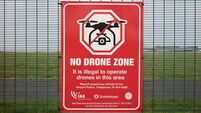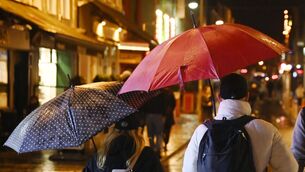From illegal dump to archeological summer school
With the old mattresses and rusted bicycles removed, the history of the five-acre site is slowly being uncovered.
“To see the bones in real life is so different to just what you see in a text book. It is wonderful,” says Melissa Clark, 20, from Ohio, who is taking part in the excavations, organised by the Irish Archaeology Field School (IAFS), for the second summer in a row.













